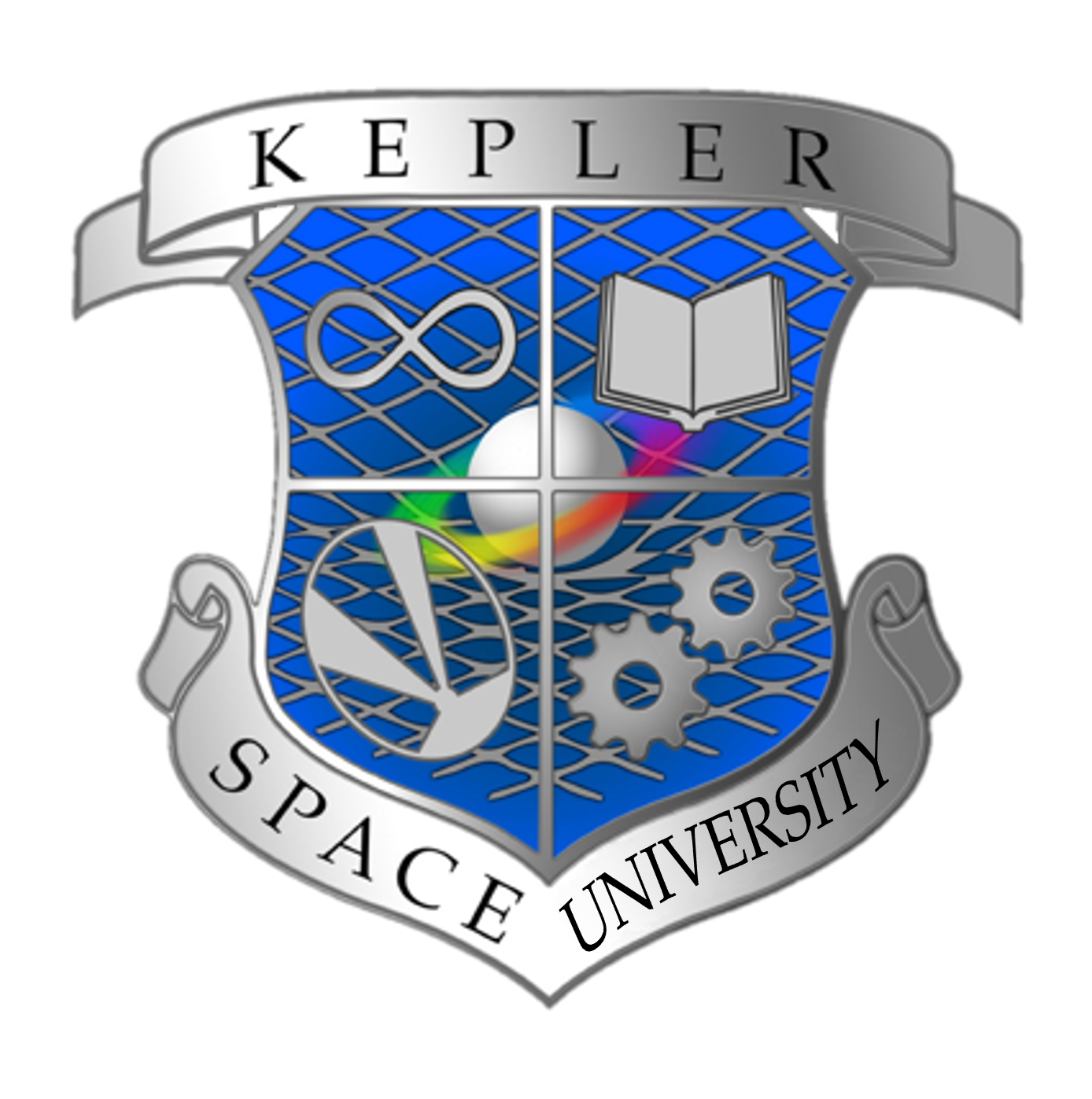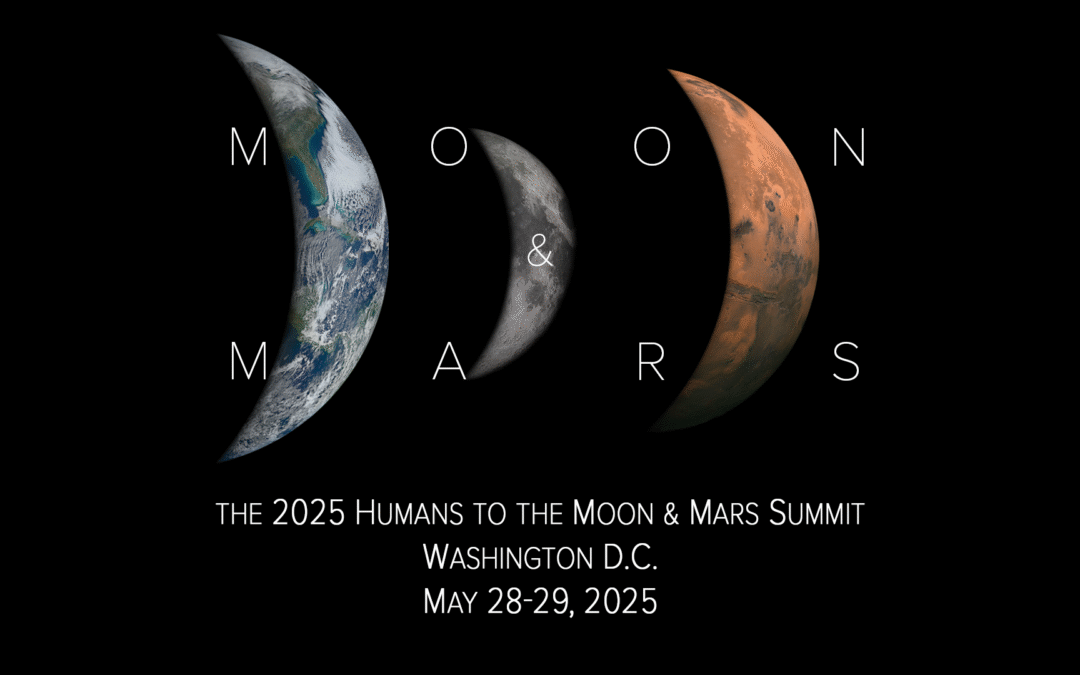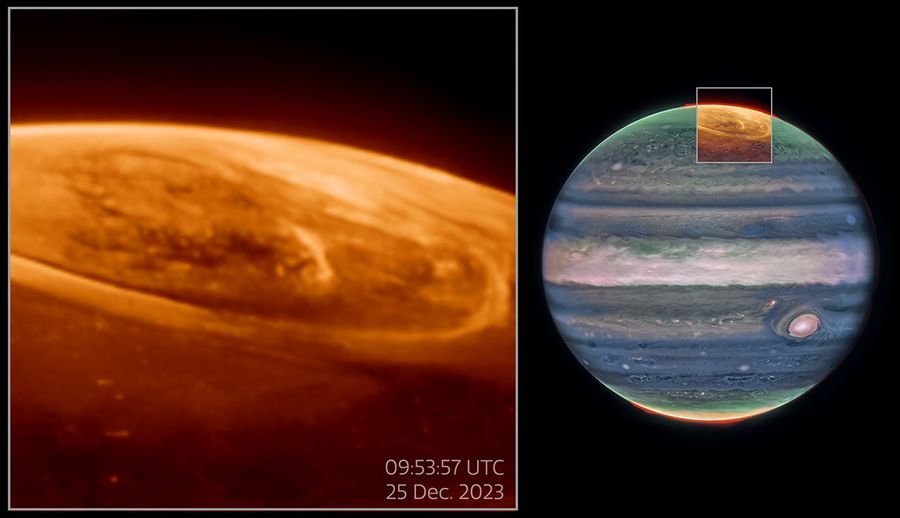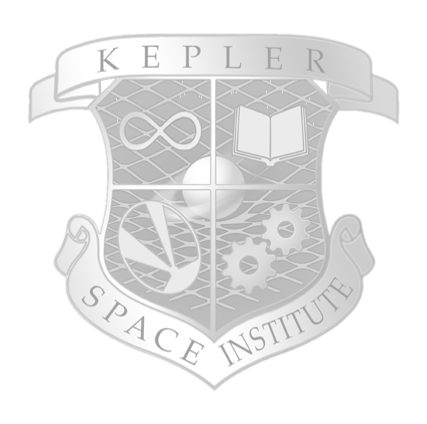The 18th Sustainable Development Goal
Since 2015, reusable rockets have dramatically decreased the cost of transportation from Earth to orbit. Such process is paving the path toward civilian space development and astropolitical uses of space as well, and is creating a growing interdependent relationship between life on and beyond Earth. 2015 can now be identified as a “turning point” in history, signifying a change of paradigm, from “traditional” aerospace to a “new space” age.
As soon as the U.N. 2030 Agenda[1] was published, some relevant criticalities appeared. The general criteria supporting the concept of sustainability developed by the agenda is an unquestioned limitation to the boundary of Earth’s atmosphere. The 2030 Agenda for Sustainable Development, adopted by all United Nations Member States in 2015, was conceptualized during the traditional aerospace age: outer space was not considered, as a dimension that helps to increase the sustainability of development. Space science and technologies are supporting social and environmental goals on Earth, for many years. Yet that will not be enough, to warrant a really sustainable development. To allow a real sustainable development, it is indispensable and urgent to start civilian space development, outside Earth boundaries. Therefore the UN 2030 Agenda of the Sustainable Development Goals needs to be updated. We propose an 18th SDG to be added: “Space for All, on Earth and Beyond”, a civilian-led space development, with human communities living and working in outer space to expand and multiply benefits to all the peoples of Earth”.
It is widely believed that sustainability means nothing else than reducing human activities on Earth, in order to decrease our ecological footprint on this planet. But that would imply a rapid decay of civilization. As stated in the 1986 U.N. resolution, development is a universal civil right[2]. In accordance with the right to development[3], we propose a more advanced concept of sustainability: the only way, for 8 billion terrestrials, to moderate their footprint on Earth would be to commence development elsewhere. Expanding civilization into space will progressively relocate industries off Earth, and consequently relieve the burden of our development on home planet. Earth’s green lungs and seas will regenerate themselves, Mother Earth will “take a breath”, and human civilization will resume growth and become more inclusive. We believe the only sustainable development, for 8 billion terrestrials, is in outer space, beyond Earth’s atmosphere – and we will need to launch civilian space development, before 2030 (as afterwards could be too late). In order for civilian space development to launch before 2030, some issues should be tackled with higher priority, especially with respect to the current priorities for space agencies, the space industry in general and the space research community at large[4].
Civilian space development refers to enabling humans to live and work in space for long periods of time, and eventually to reside in space habitats (in the near term) – both on planetary surfaces and in large orbital infrastructures. There are both economical and biological challenges, to be addressed (and as soon as possible). To make human enterprise in space profitable, the cost of transport from Earth to orbit must decrease. Rockets reusability is already addressing this, and fully reusable space vehicles will bring the cost per kg under $1000. Producing fuel in space, from both Moon and asteroids resources, will help lower the cost further, to under $100/Kg[5]. Yet economic issues are not the only concerns. Biological issues are even more important. Safety, ergonomics and smooth acceleration of passenger space vehicles will be fundamental, to enable untrained civilians to travel to and work in space. Protection from solar and cosmic radiations will also be critical. Commencing work on simulated gravity (to avoid physiological damages experienced by astronauts on orbital space stations) is very urgent. Enabling green environments in space habitats, all the measures to support and preserve health (both physical and psychological), and experimenting self-sustaining closed ecosystems, are also of primary importance.
The history of space, as well as the history of scientific research, should be added to all education programs, all levels, from Primary to University. We need to teach the history of love, not just of empires and wars. Our children have to learn the history of the people who dedicated their life to humanity, for the progress of civilization. The 18th Sustainable Development Goal shall bring onboard this great educational value.
Adding the 18th SDG to the 2030 Agenda will give evidence to the above process, and provide the urgent and necessary information to the large public opinion about the rationales and profound humanist reasons to expand civilization beyond Earth.
EXPECTED OUTCOMES
Adding the 18th SDG to the UN 2030 Agenda will achieve the following outcomes, at least:
- to upgrade the 2030 Agenda after major changes occurred in the global society, namely the booming new space economy
- real sustainability of the growth key pillar SDGs 7, 8 and 9[6], that will anymore conflict with the environmental SDGs[7]
- real sustainability of the social SDGs[8]
- attracting more investments in space
- unprecedented economic growth, reversing the global crisis
- a better understanding and sensitiveness, in the large public opinion, of the great and fundamental contribution of civilian space development to sustainable development
- revitalization of COPUOS and UNOOSA, moving them to talk to general public at large, achieving a role of political dealers and opinion leaders
Also see and share this proposal on the Space Renaissance International (SRI) website.
#Space18SDG #CivilianSpaceDevelopment #development #civilization #SocialGrowth #Inclusivity
References
[2] Declaration on the Right to Development adopted 04 December 1986 by General Assembly resolution 41/128 https://www.ohchr.org/en/instruments-mechanisms/instruments/declaration-right-development
[3] “We are committed to making the right to development a reality for everyone and to freeing the entire human race from want.” Resolution adopted by the General Assembly 55/2. United Nations Millennium Declaration https://tinyurl.com/yj2ad734
[4] See the Final Resolution of the SRI 3rd World Congress, July 2021 https://2021.spacerenaissance.space/wp-content/uploads/2021/07/Final-Resolution-Final-approved.pdf
[5] https://www.visualcapitalist.com/the-cost-of-space-flight/https://en.m.wikipedia.org/wiki/SpaceX_Starship
[6] The Growth SDGs: 7 (Affordable and Clean Energy), 8 (Decent Work and Economic Growth) and 9 (Industry Innovation and Infrastructures)
[7] The Environmental SDGs (12, 13, 14, 15)
[8] The Social SDGs (1, 2, 3, 4, 5, 6, 10, 11)
Sign the Petition: Click here




